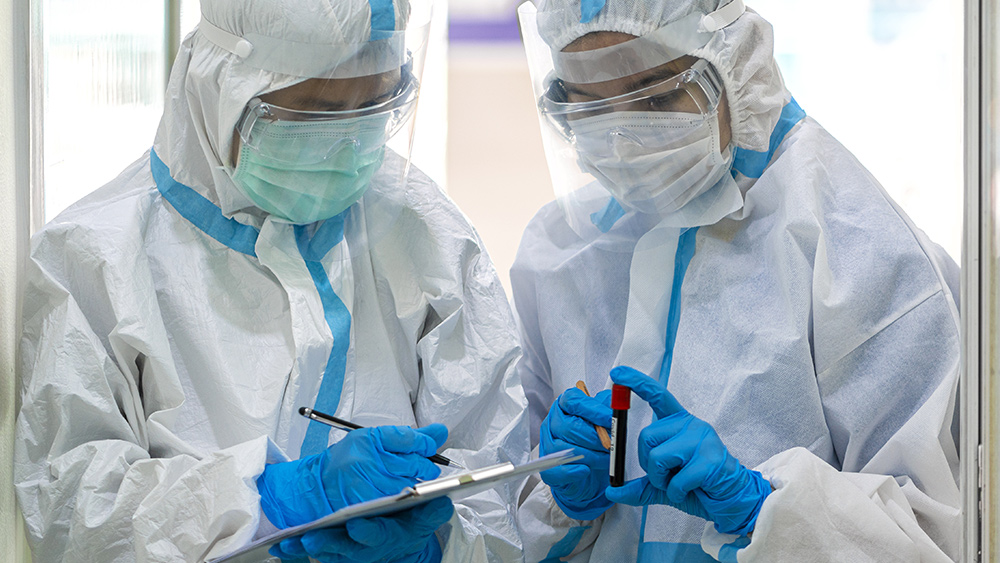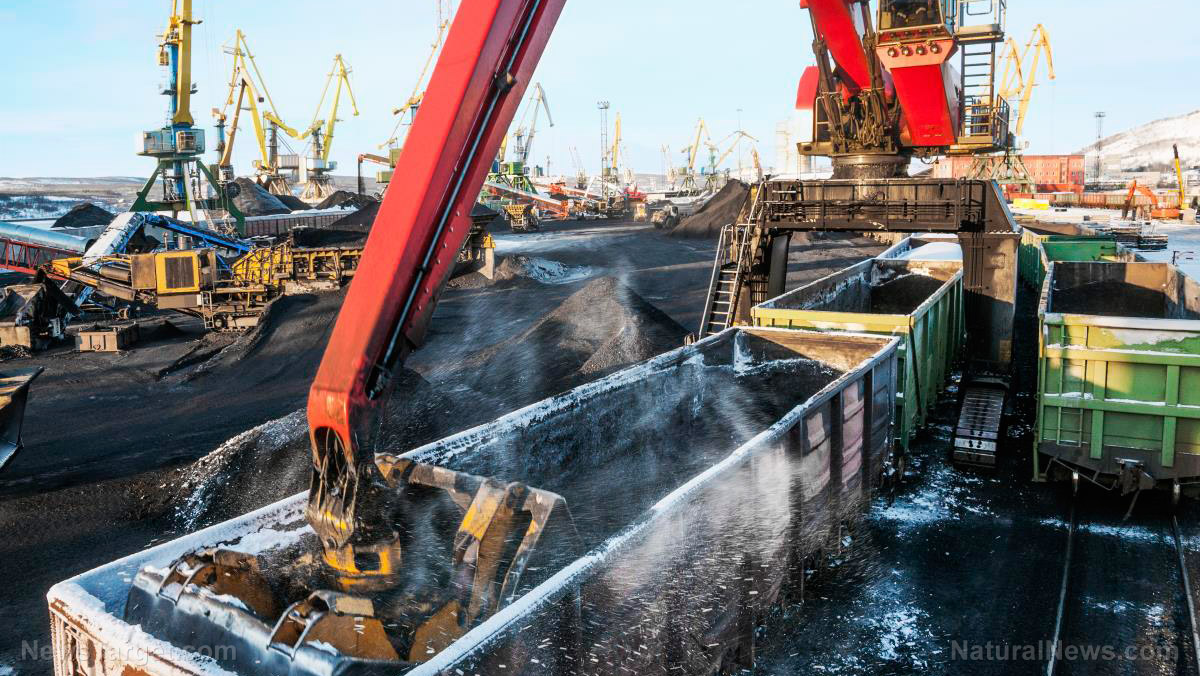
Limitless supply of precious metals for batteries without the need to mine them
Switching to bioleaching over mining could allow the EV industry access to a steady supply of precious metals for batteries without having to be tied to countries where they're currently being mined. "While reducing EV battery waste, bioleaching facilities mean manufacturers can recover these precious metals locally and rely less on the few producer countries," stated Farnaud, citing lithium, an important component of EV batteries, as an example to defend the value of bioleaching. Lithium is an essential component of EV batteries, but it cannot be found everywhere. Most of the world's lithium lies under the Atacama Desert in the South American nation of Chile. However, lithium mining driven by EV demand threatens the local people and ecosystems. (Related: Op-ed: Increased lithium demand for electric vehicle batteries comes with a price.) Aside from land-based mining, deep-sea lithium is also an option – but not without its own risks. Mining for this precious metal underwater could also damage deep-sea ecosystems. Thus, EV makers now have to find a reliable source for their raw materials and keep import costs low at the same time. On the other hand, electronic waste rich in precious metals are piling up at landfills in some of the world's poorest regions. This is set to increase as 2.5 million tons of this kind of waste are added with each passing year. Farnaud puts forward a challenge: "Instead of mining new sources of these metals, why not reuse what's already out there?" (Related: Could plastic bags be upcycled into parts for lithium-ion batteries?) The researcher elaborated that most recycled batteries end up being melted have their metals extracted. However, Farnaud noted that not all of the metals used in manufacturing the batteries are recovered. Battery recycling was often done in large commercial facilities that are expensive to build and operate. These facilities also necessitated the use of sophisticated equipment to treat the harmful emissions from the smelting process. Farnaud ultimately concluded: "Rather than remaining an afterthought, recycling can become both the beginning and end of an EV battery's life cycle with bioleaching, producing high-quality raw materials for new batteries at low environmental cost." Discoveries.news has more stories about new breakthroughs in EV battery recycling. Sources include: CleanTechnica.com TheConversation.comStudy: People with mild COVID-19 may develop lifelong immunity to the coronavirus
By Virgilio Marin // Share
Coffee bean extracts contain anti-inflammatory compounds that can help fight chronic disease
By Virgilio Marin // Share
Yellowstone Volcano will not erupt soon, according to latest USGS report
By Mary Villareal // Share
Three volcanoes in Alaska are erupting, spewing lava, steam and ash
By Arsenio Toledo // Share
The sleeping giant: America's overlooked seismic threat stirs anew
By willowt // Share
U.S. vows no change in Syria after a deadly attack kills three Americans
By zoeysky // Share
CDC ends blanket hepatitis B vaccine recommendation for newborns amid safety concerns
By patricklewis // Share
Trump escalates pressure on Venezuela with total BLOCKADE of oil tankers
By kevinhughes // Share
Global coal demand hits record high despite climate pledges, U.S. production surges
By bellecarter // Share











